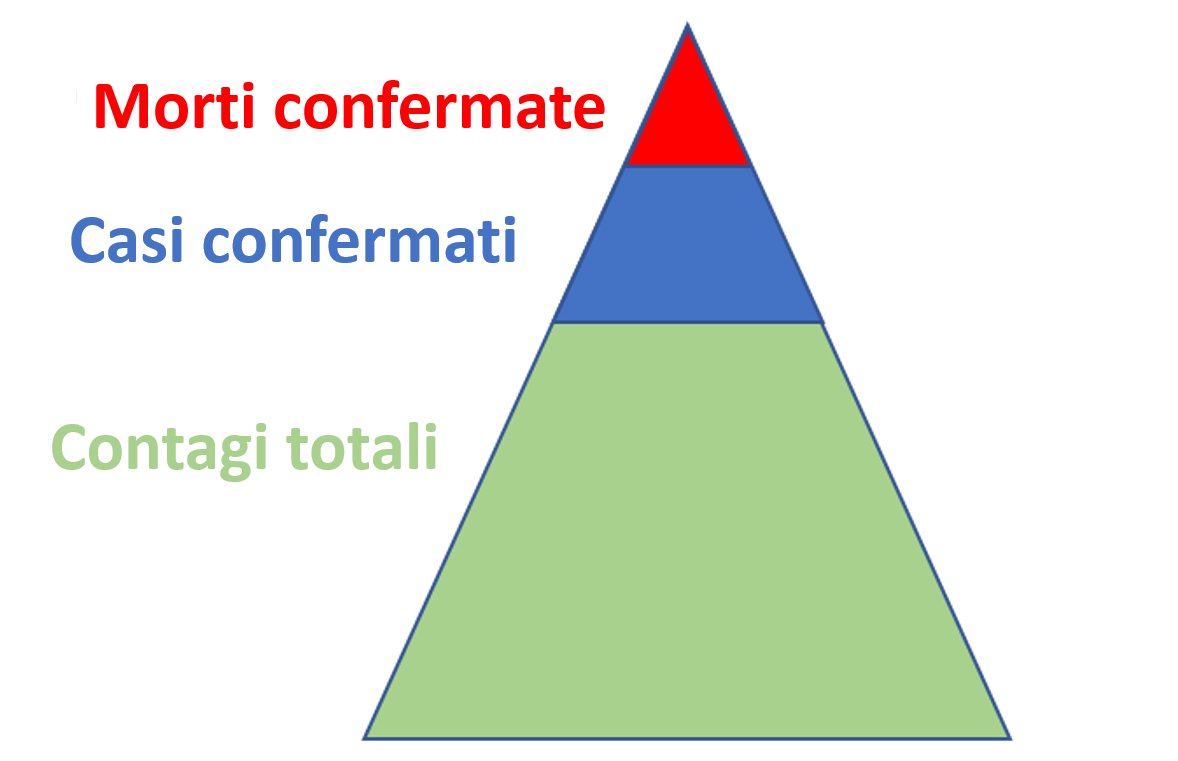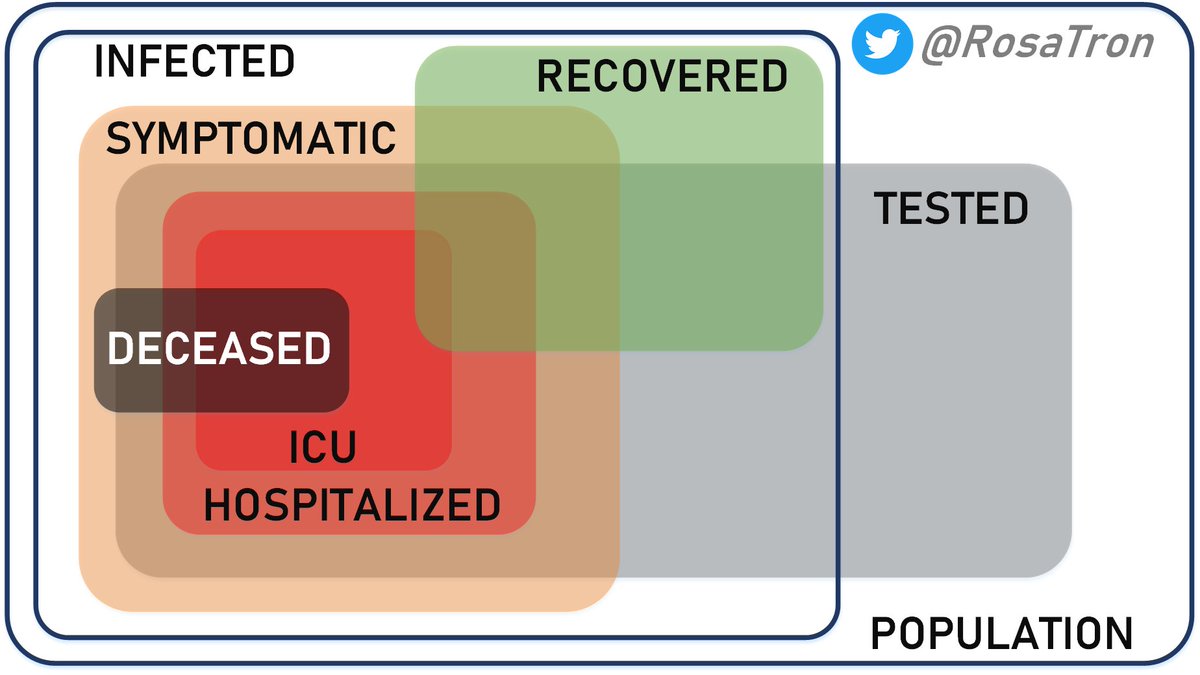~3.6% or 1 in 28. ~8% in London.
Assume: 1228 dead; IFR 0.9%; Adj. days to death ~18.
So ~136k infected 18 days ago
~4.25 days to double so ~4 doublings
So infections to date: ~2.6m, ~5% recovered so ~2.4m infected.
Yesterday I reduced median days to death from 18.5 to 13 to account for exponential skew. Now updated to use days to death from infection (23), not from symptoms. Brings adj. number back to 18.
Used slower doubling assuming lockdown is shifting towards Italy (7d).
More deaths --> more infections
Higher IFR% --> fewer infs (don't need as many for same deaths)
Longer days to death --> more infs (more time to double)
Higher doubling rate --> more infs
London % is based purely on 31% share of UK.
For a more detailed model that uses differential IFR% for London + regional breakdowns...
telegraph.co.uk/news/2020/03/2…
From @edge_health_
Implies ~662k current infections in London, or ~7% of the population.
Within the range mentioned by @neil_ferguson in S+T cttee:
Median days infection to death is ~23.
However, given exponential growth of infections, a higher proportion of deaths to date were caused more recently than that. Hence adjusted to ~18 days.
Thanks to @cheianov!
arcgis.com/apps/opsdashbo…
Given "cases" are only the most serious (we ~only test in hospital) I've used higher recovery rate 5%.
Given exponentials, vast majority of those ever infected still are now
That gives infections more doubling time since the infection point, meaning there are many more current infections for each actual death to date.
If disease kills quicker, there are fewer infections now.
If it's less deadly, there must have been many more infections to drive the deaths.
As nothing has been published, I've used lagged death + case doubling rates + assumption we're starting to follow Italy's flattening.
But only if IFR remains 0.9% + we see zero new infections.
Sadly, neither of the above are sound assumptions.
If our ICU capacity is overrun, the IFR% will spike hard.
New infections depends on hard #Lockdown + test/trace.
We can't reduce the size of that wave because it's caused by infections from 2-5 weeks ago.
We can improve our readiness by scaling ICUs + protecting NHS staff.
We can stop the wave getting bigger + longer by hard #Lockdown + test/trace.
Still projects 15k death toll assuming ICUs not over-run and zero new infections from today.
Neither are sensible assumptions.
The problem is you're nearly right. But those ~136k infections were 2-3 weeks ago. That's how long it takes to kill.
They've been doubling every 3-4 days since.
We#re waiting for people to die, assuming fatality rate to judge how many infections drove those deaths, then using doubling rates to judge infections today.
A better way? Population sample testing!
1⃣ Infected people are doing more infecting. The "cases" are mostly in hospital or dead.
2⃣ If you know # infected and # deaths you can assess how deadly this thing really is (IFR%, not just "case" fatality)
BJ's speech should have started:
"There are infected people in every train, in every shop, in every park, in every tube... you might even be one of them... please take what I am about to say very seriously..."
If it is, #Covid19 will kill much more than 0.9%.
I've only seen 2 newspaper articles (1 ES 2 days ago, 1 Telegraph today) that even mention total infected estimates.
These are just the tip of a very large, deadly iceberg.
We might also have persuaded people to comply better with our weak #Lockdown.
Instead... "a national scandal" @richardhorton1
thelancet.com/journals/lance…
We can easily re-run this for other countries. Let me know if interested.






